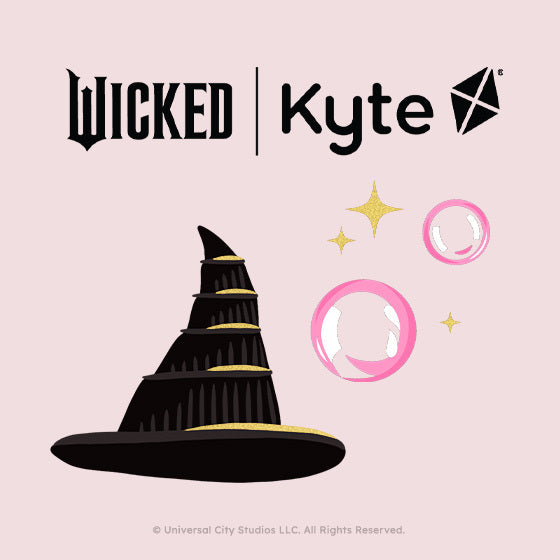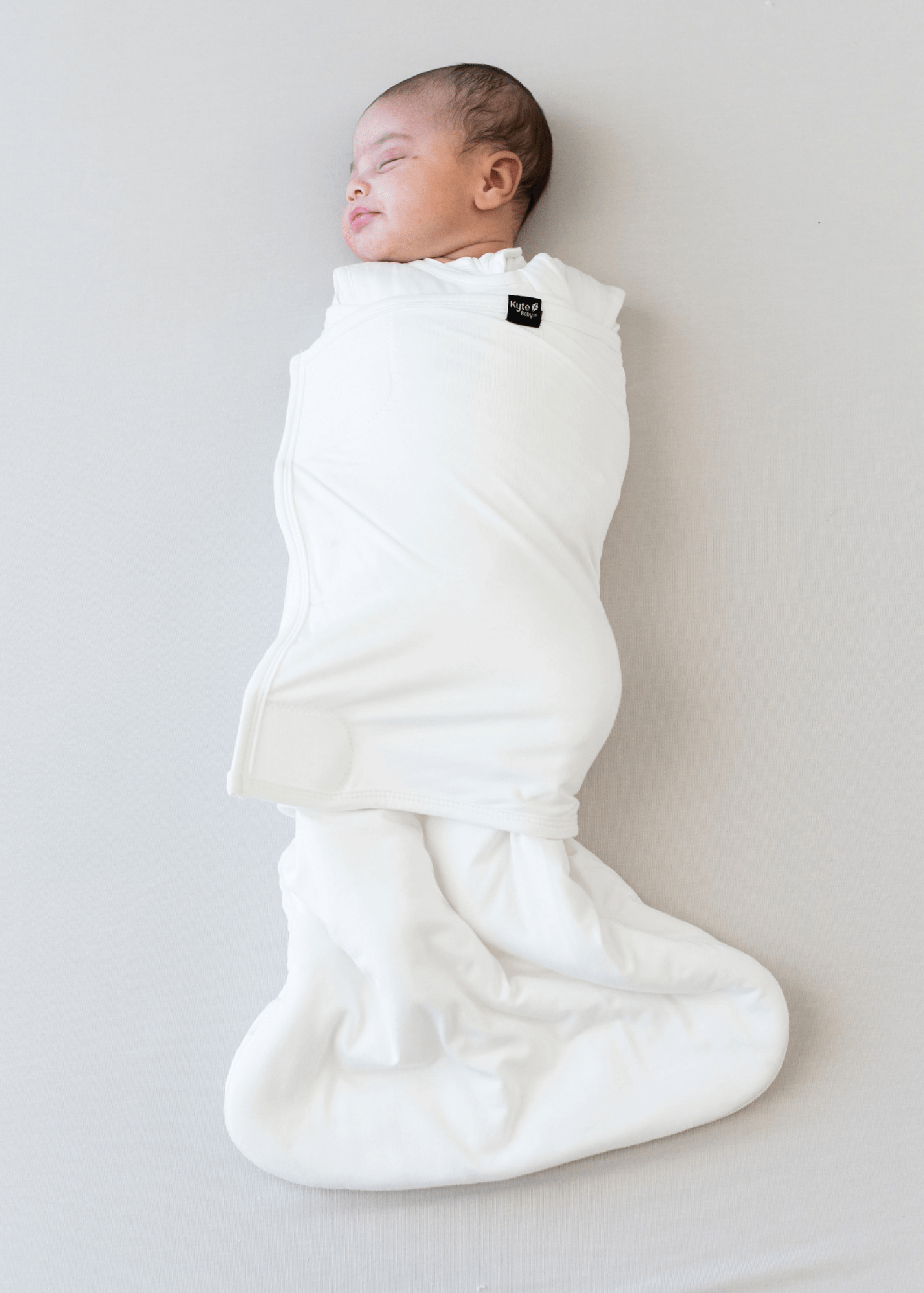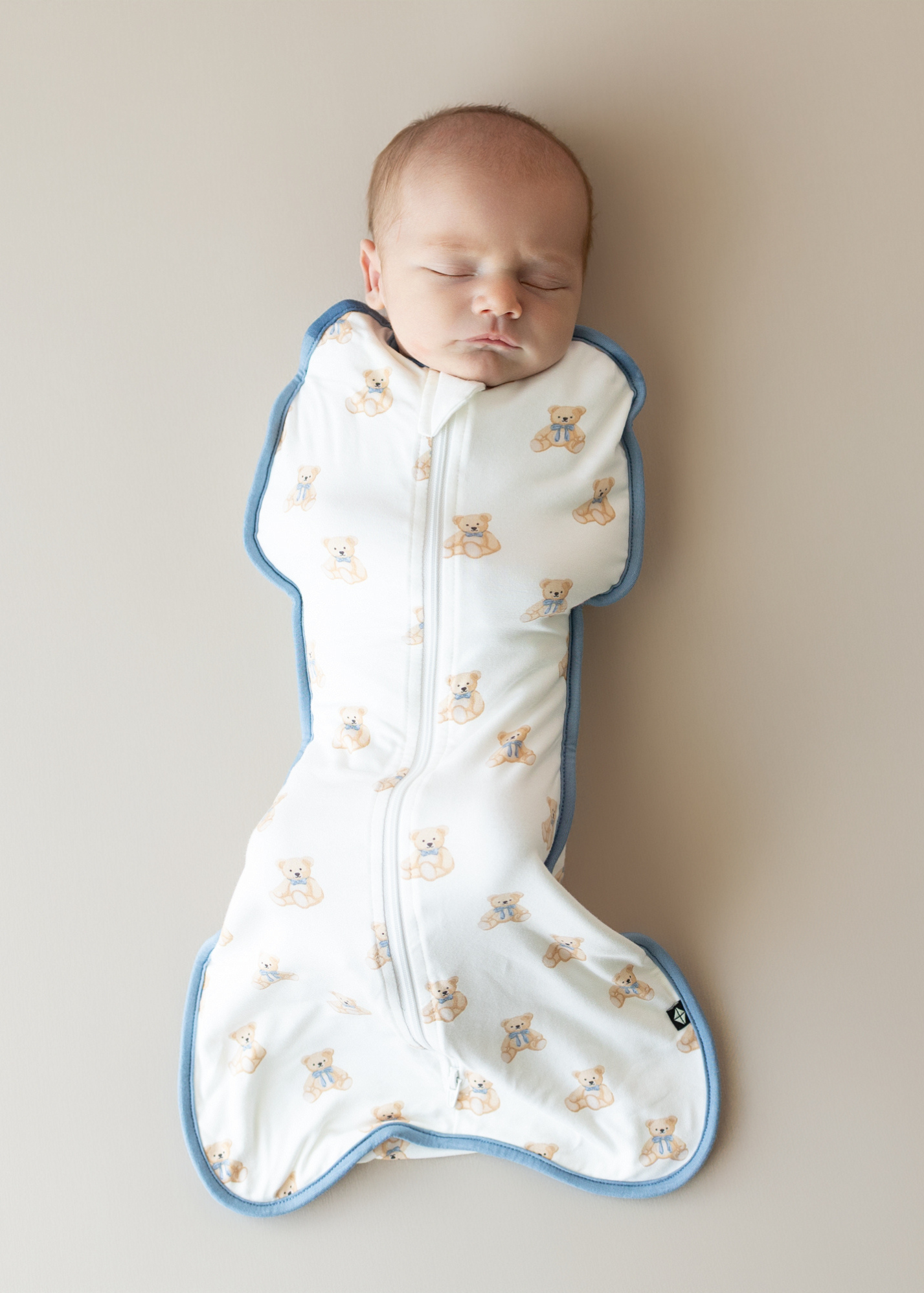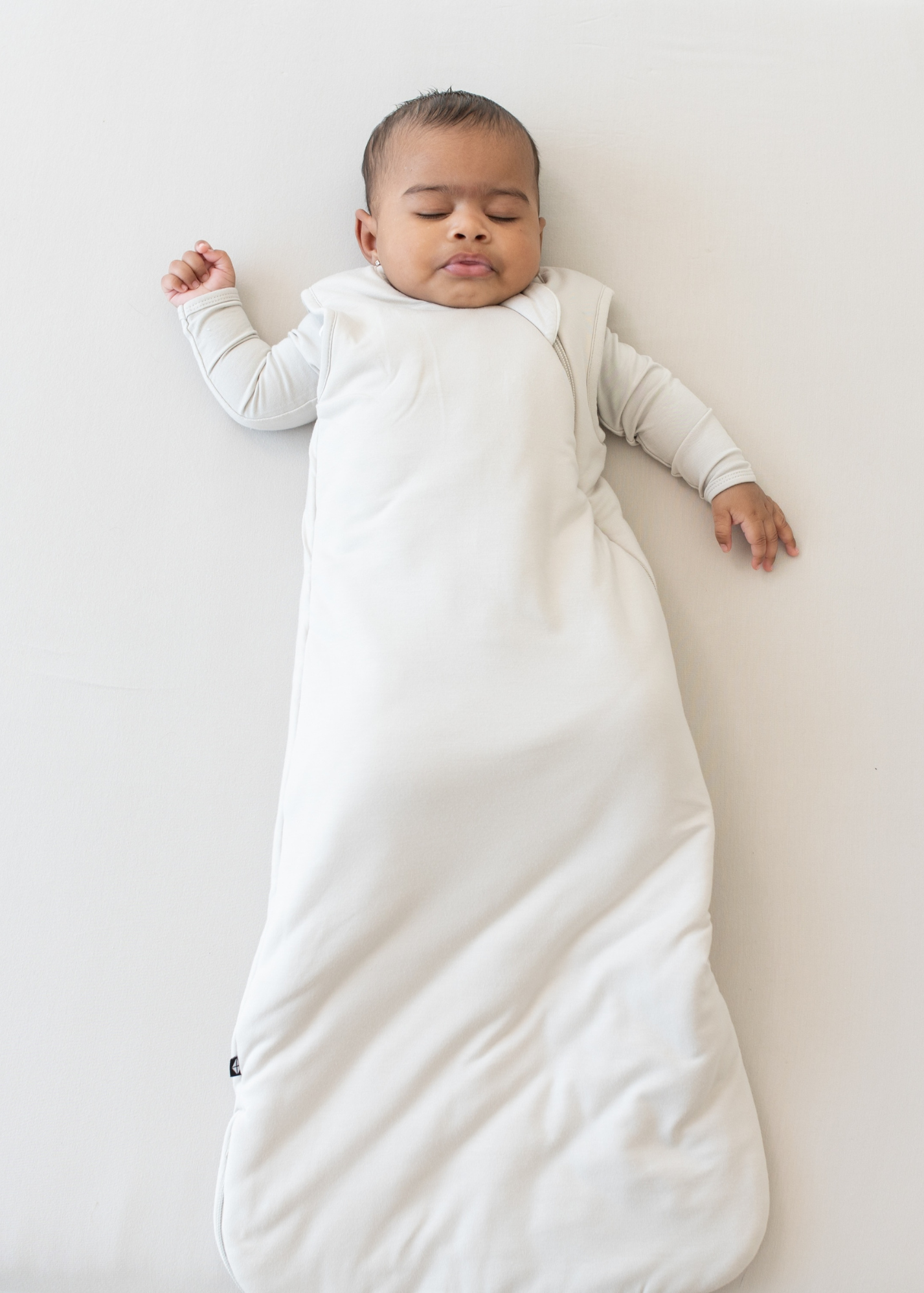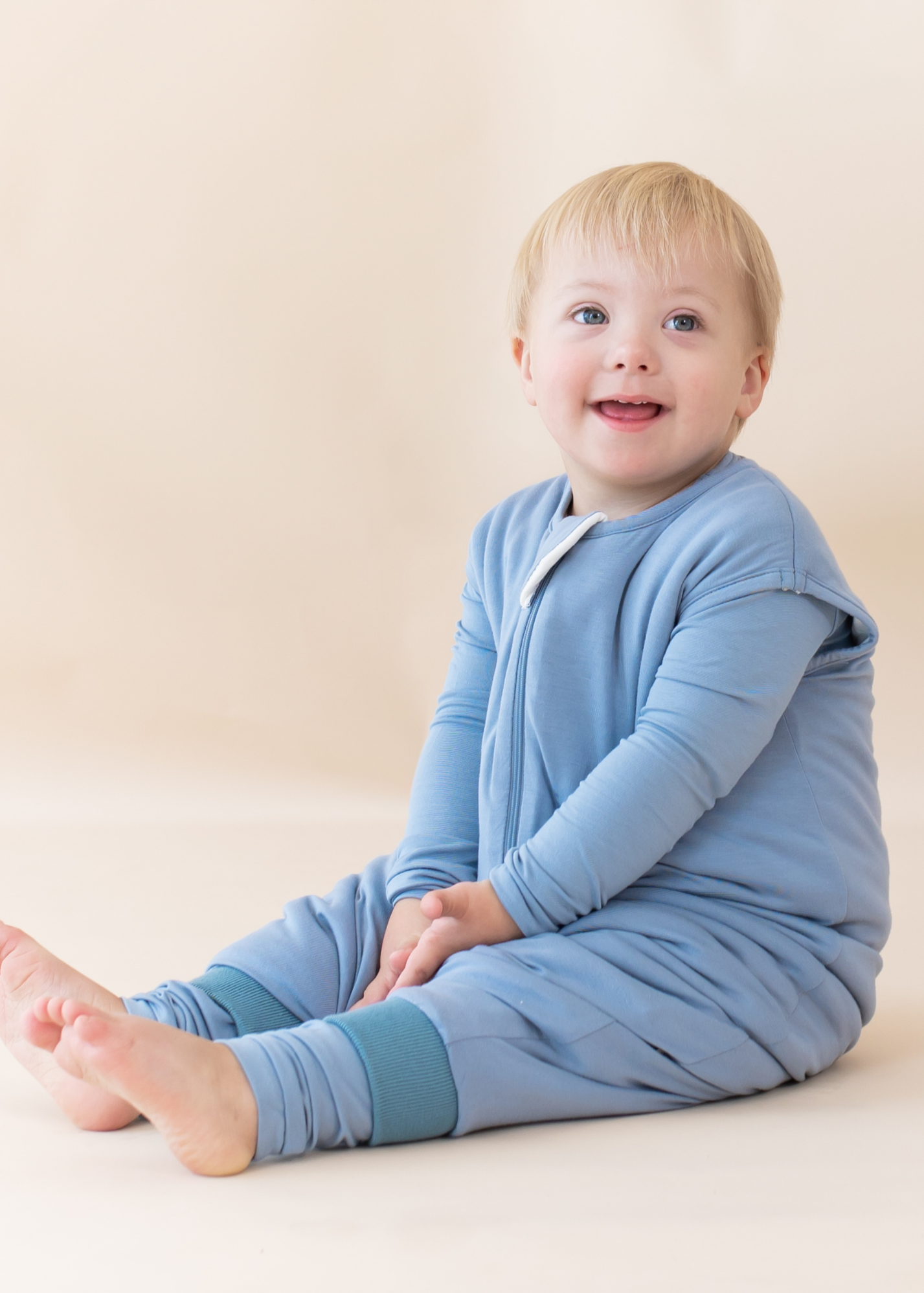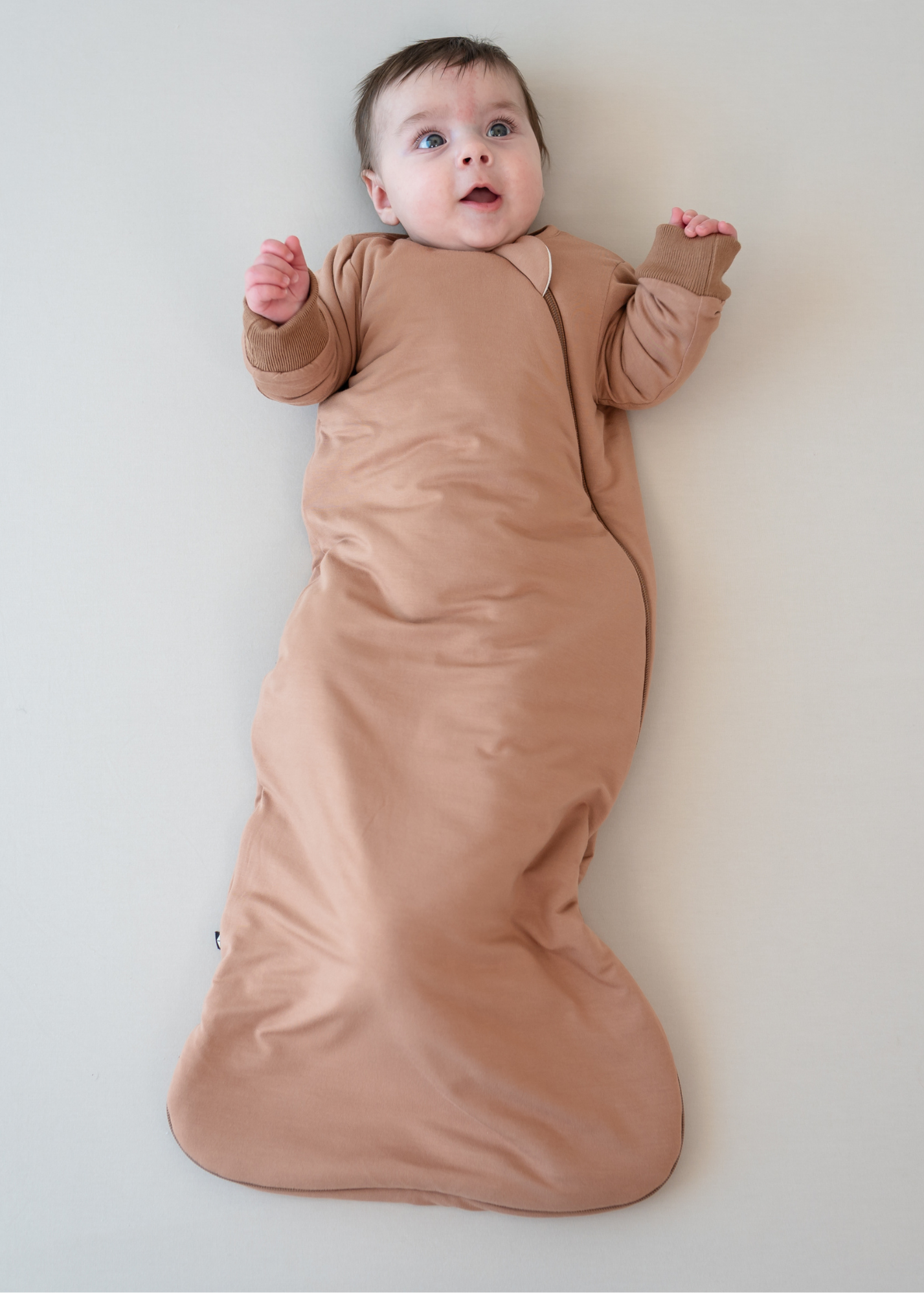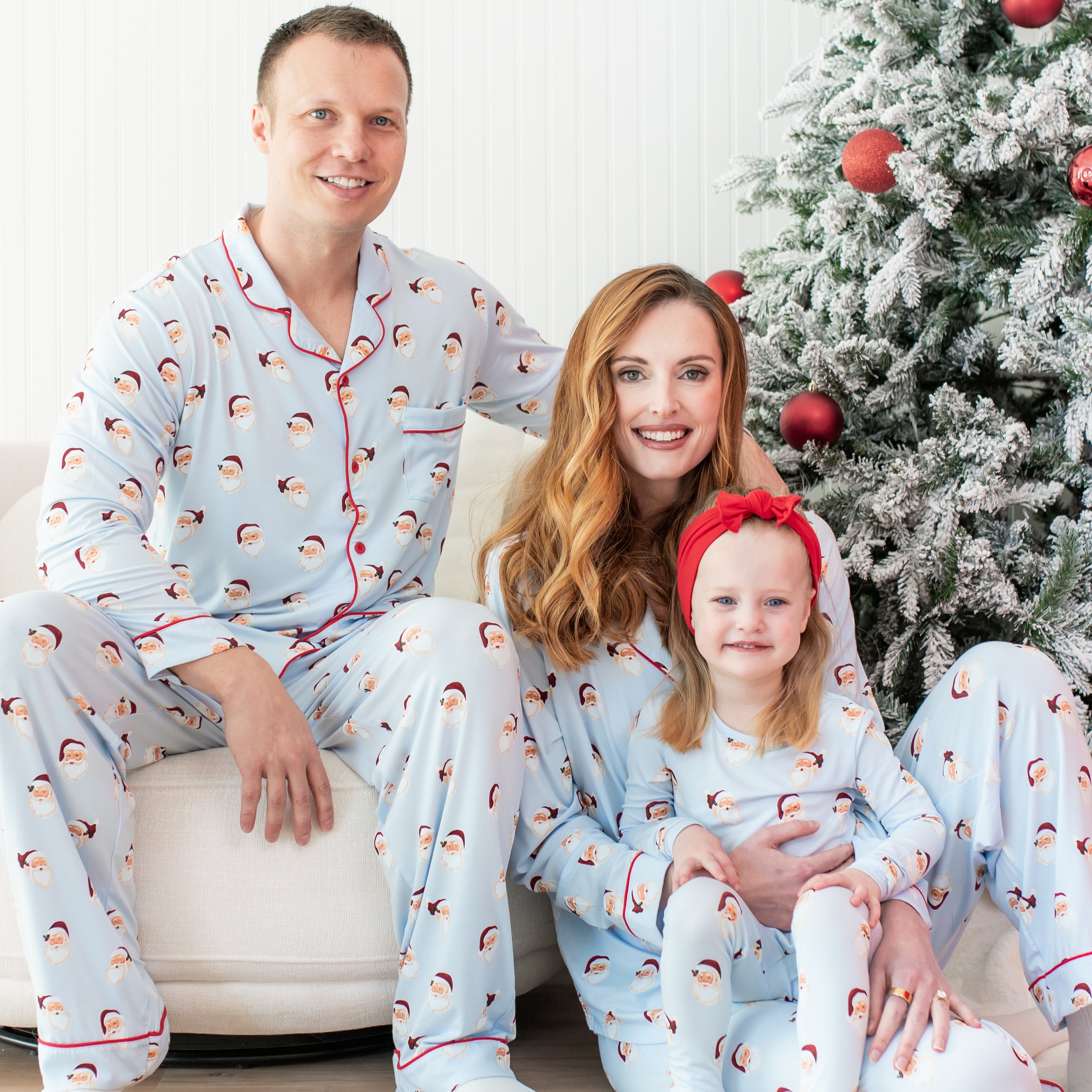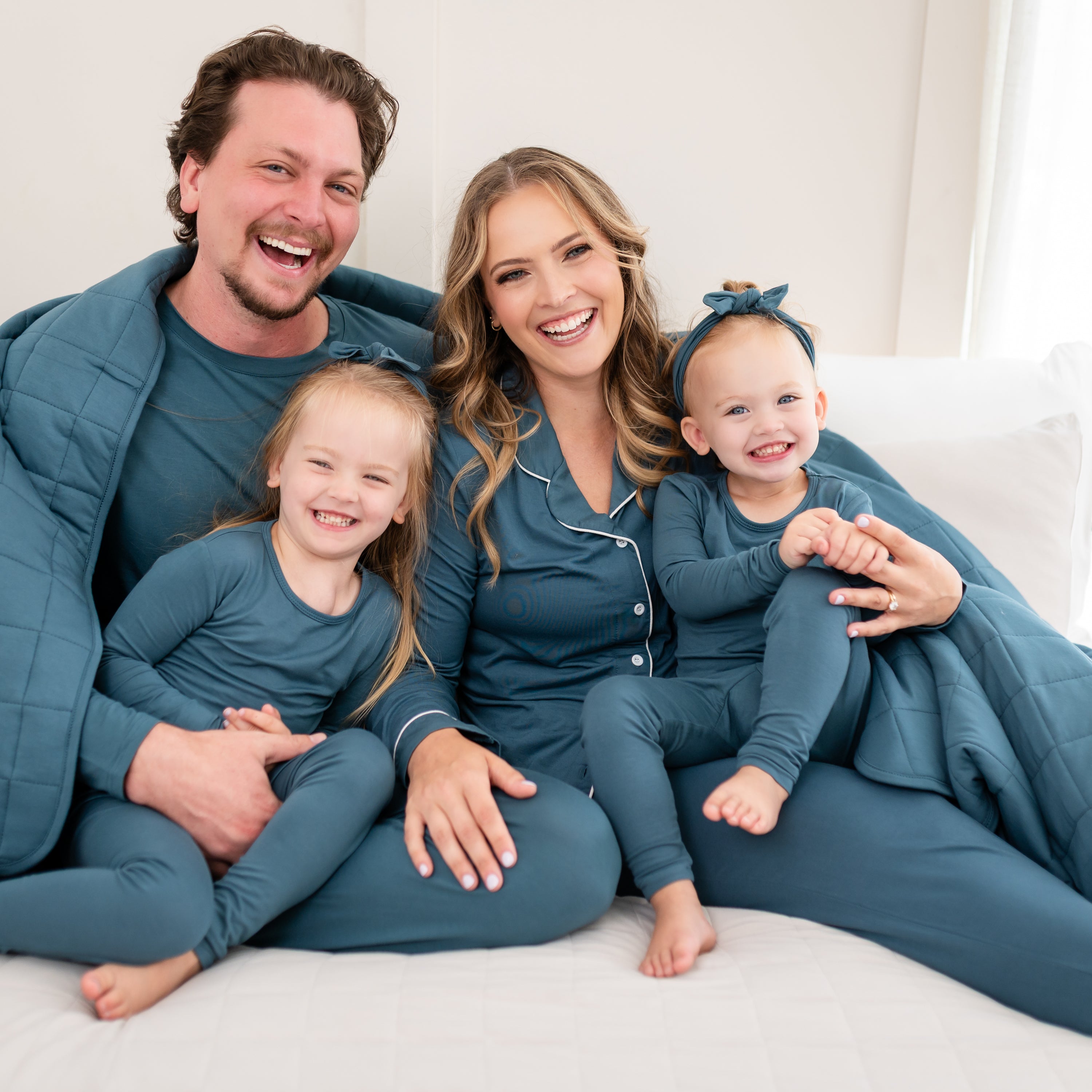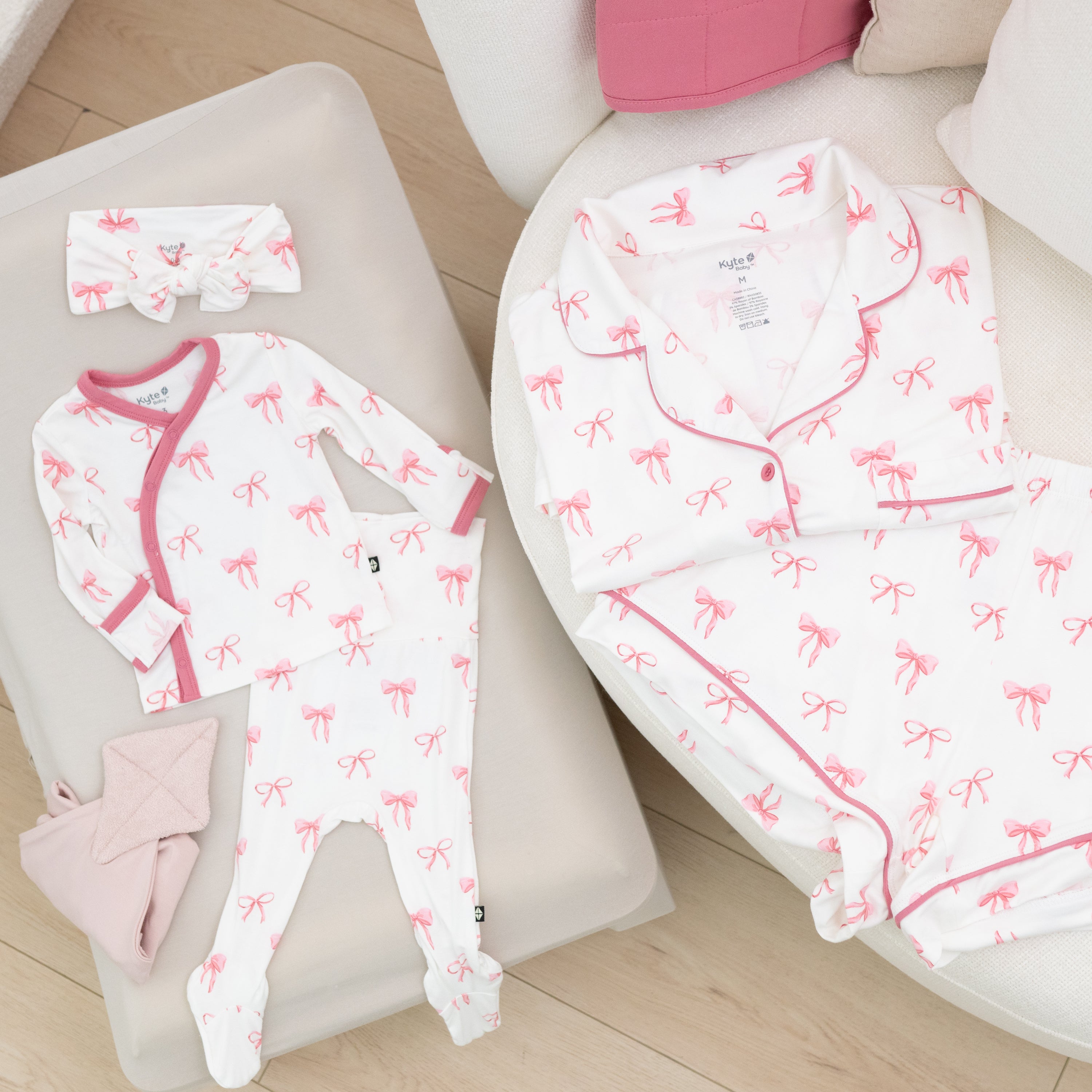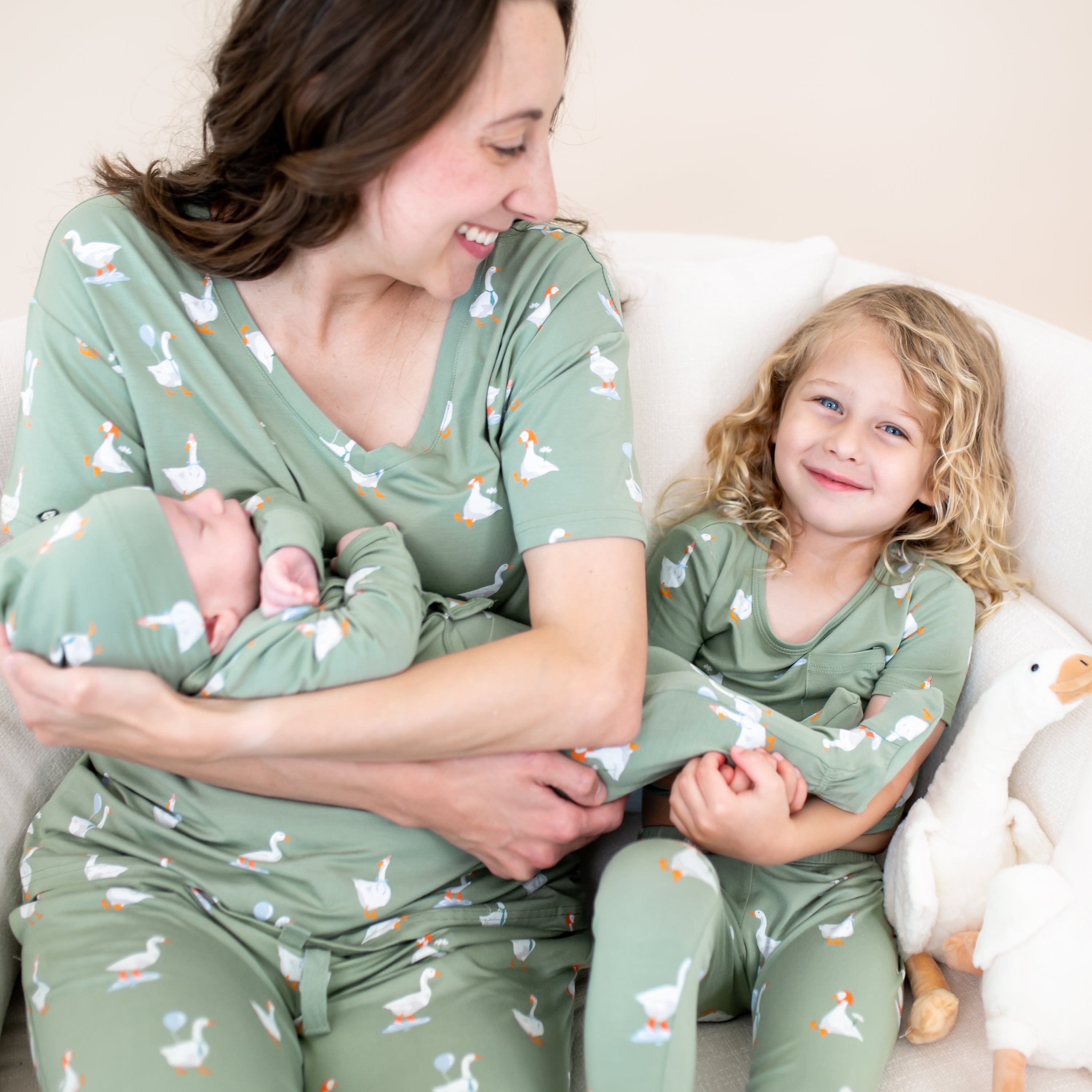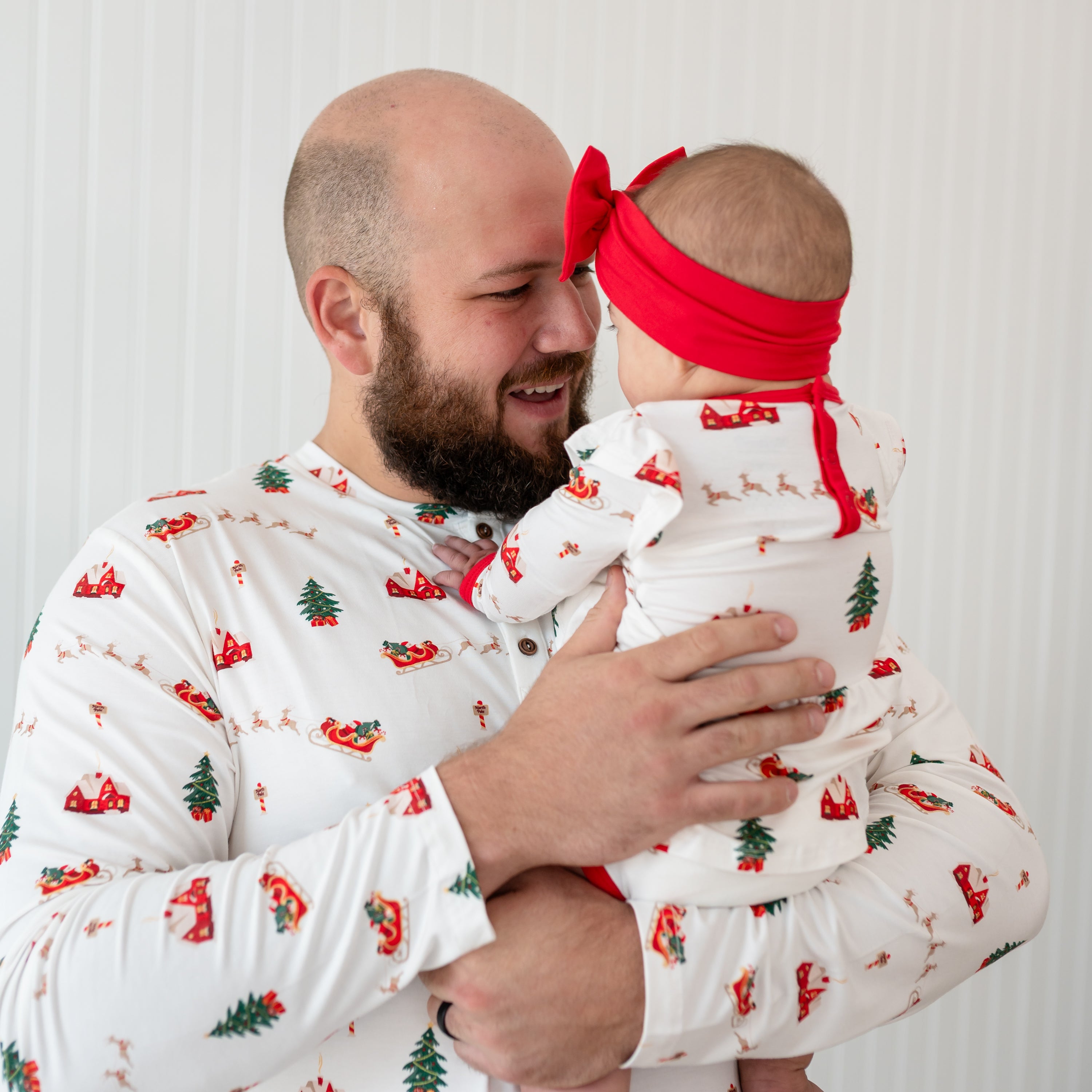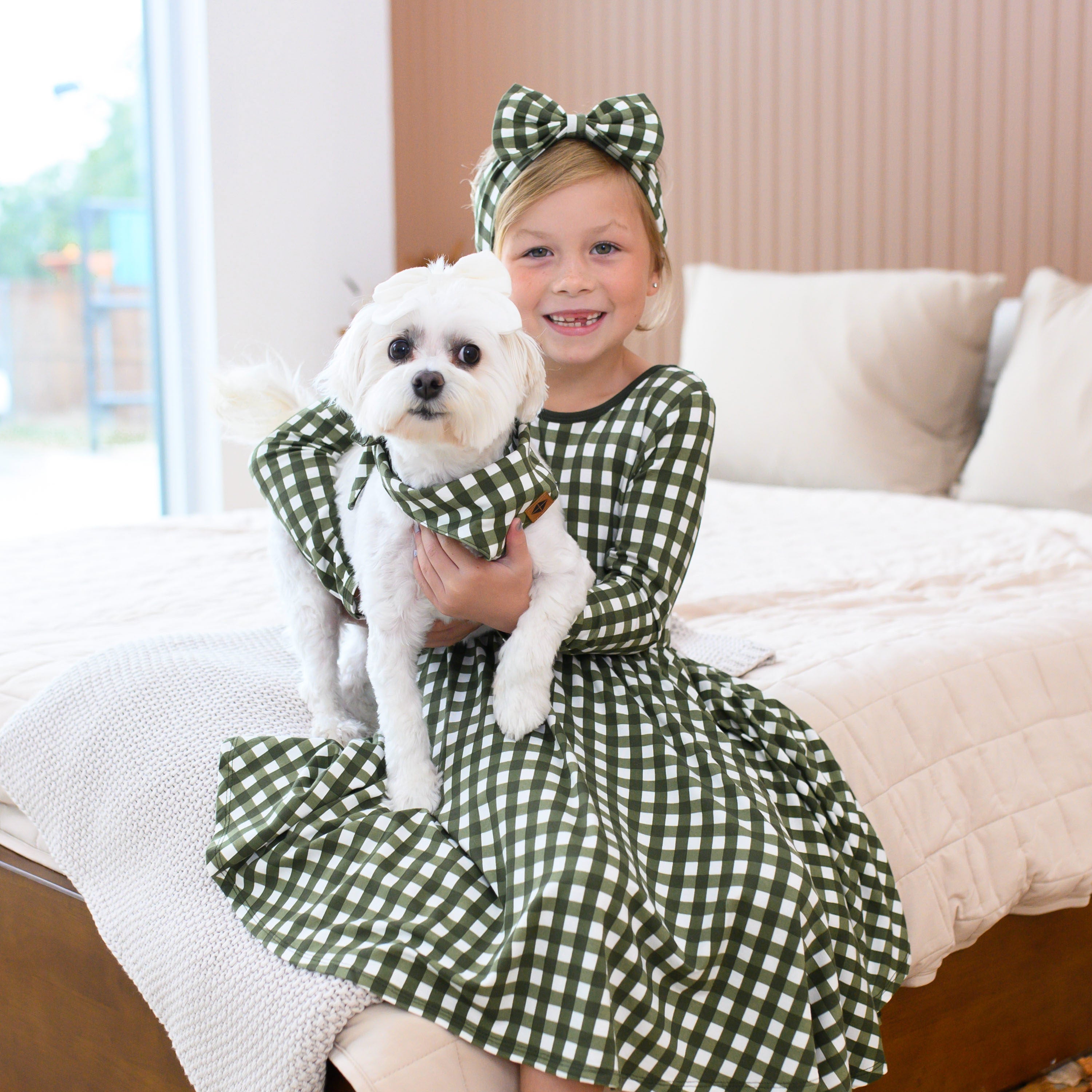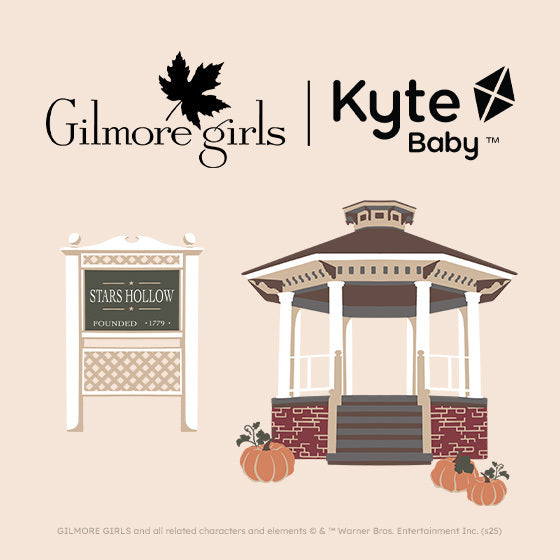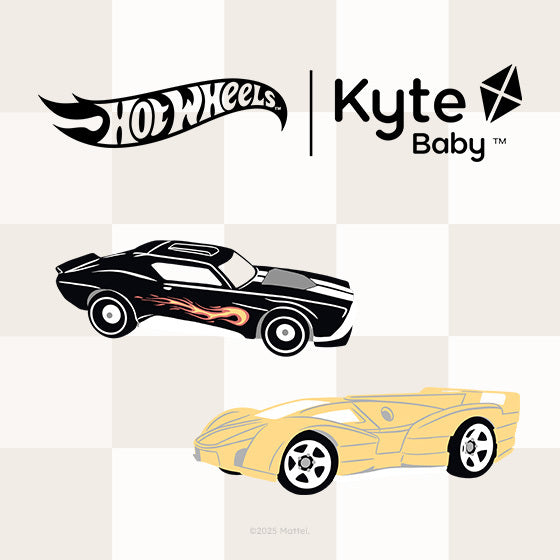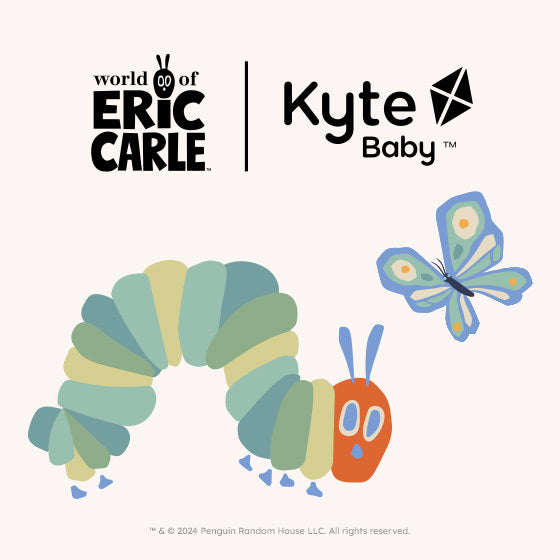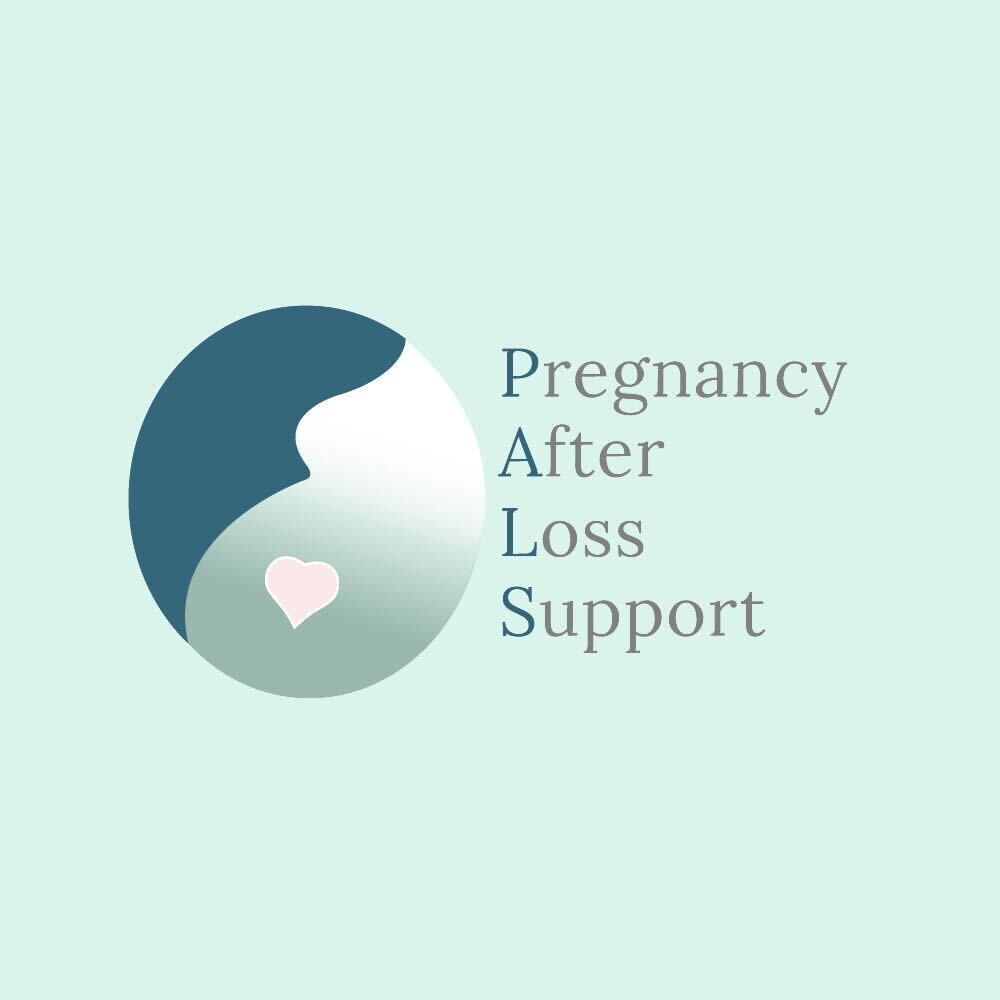Babies are known for having the softest, smoothest skin, but many parents beg to differ. Eczema, also known as atopic dermatitis, affects up to 25% of children and causes a dry, itchy rash that ranges in severity. Not only is eczema common in babies and children, it’s a chronic condition—meaning there’s no cure, and it will come and go throughout your little one’s life. Although you can’t banish the rash forever, there are things you can do to treat it when your child has a flare-up and can’t sleep at night because of the painful itching. And, one highly effective treatment requires just one ingredient that you most likely already have in your pantry! The next time skin irritation strikes, try giving your little one an oatmeal bath before bedtime to soothe their skin and help them sleep better.
Oats are a key ingredient in many lotions and creams that target eczema, and using oatmeal from your own kitchen pantry can be a great way to treat your little one’s dry, rashy skin. Oats have powerful antioxidants and anti-inflammatory properties that relieve eczema symptoms. To give your little one an oatmeal bath, you’ll want to use colloidal oatmeal, which is finely ground oat powder. You can buy it online or in pharmacies, or make your own by grinding oats in a food processor, high-speed blender, or coffee grinder. If you plan to do oatmeal baths regularly, buying 100% pure colloidal oatmeal is more convenient (and less messy) than making your own, and will also ensure that your drain doesn’t clog!
Here’s everything you’ll need:
- A bathtub or an infant bathtub
- Water
- Colloidal oatmeal
- A sock, pantyhose, or cloth bag (if you made your own colloidal oatmeal)
Once your child is ready for a bath, follow these steps:
-
Gather your supplies. Grab everything you’ll need to bathe and dry your child before you put them in the bath. You never want to leave your baby or toddler alone in the tub, as drowning can occur in as little as one inch of water. Make sure your tub, colloidal oatmeal, towel, washcloth, toys, or anything else you might need are right there and easy to access while your child is in the bath.
-
Fill the bathtub. You want the water to be warm, not hot. Children have delicate skin that is more susceptible to burns than adult skin, and hot water can also be very drying for eczema-prone skin in general. Be mindful of the temperature of the water, using the inside of your wrist, elbow, or a bath thermometer to check that it isn’t too hot.
-
Add the oatmeal. While the water is running, sprinkle in about half a cup of colloidal oatmeal if using an infant bathtub or one cup if using a regular bathtub. Make sure to add just a little bit at a time, using your hand to stir it up. The water should turn milky as the colloidal oatmeal dissolves. If you are using oats that you ground at home, you may want to put them into a sock, pantyhose, or a cloth bag first, then tie the top to contain them and prevent a clumpy, gooey mess that can clog your drain.
-
Let your child soak. Keep them in the oatmeal bath for about 10 to 20 minutes as you rinse them from head to toe, gently rubbing the milky water into their skin. Make sure you’re actively supervising your little one in the tub, as the oatmeal makes both your child and the tub more slippery than usual.
-
Pat your child dry. Don’t rinse off that oatmeal! Instead, use a soft, absorbent towel to pat their skin dry. The oatmeal residue on the skin can form a protective barrier to seal in moisture. And, an oatmeal bath isn’t just good for eczema! It’s a great treatment for many skin conditions, like dryness, psoriasis, hives, diaper rash, viral rash, and more.
-
Moisturize. When your little one’s skin is still slightly damp after the bath, immediately apply a hypoallergenic, fragrance-free, moisturizing cream and any topical treatment prescribed by their doctor. When their skin is damp, moisturizers and creams can penetrate deeper into the skin, which locks in hydration.
- Use eczema-friendly pajamas. Dress your little one in pajamas that are made from a soft, breathable fabric, like bamboo. Bamboo fabric has a hollow fiber structure that allows air to circulate and moisture to evaporate quickly, making it an excellent fabric for sensitive, irritated skin. Avoid pajamas made from synthetic materials, like polyester, which can cause overheating, sweating, and irritation.
If your child’s skin shows improvement after an oatmeal bath, you can ask their pediatrician or dermatologist how often you can do it. Some doctors even recommend giving oatmeal baths as often as once or twice a day, and daily baths in general are recommended for kids who have eczema. While there’s not much risk in giving oatmeal baths, speak to their doctor first, as children with sensitive skin are more likely to develop an allergy to oats.



